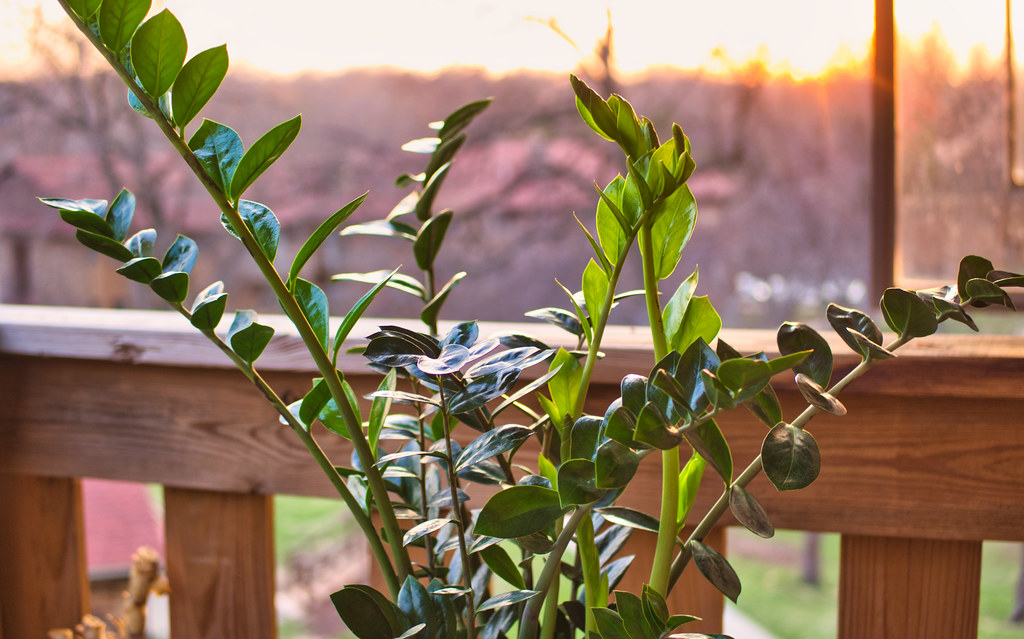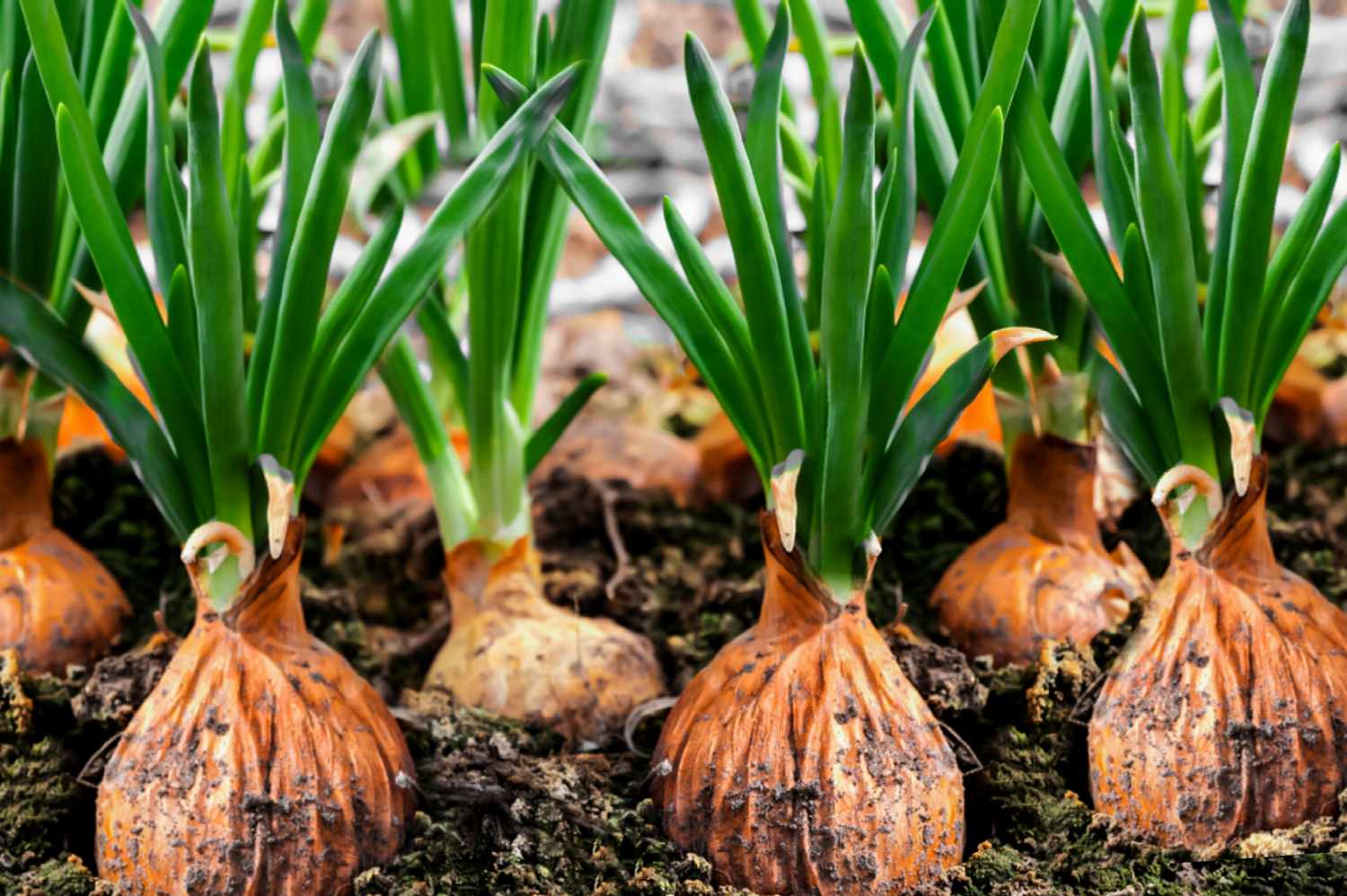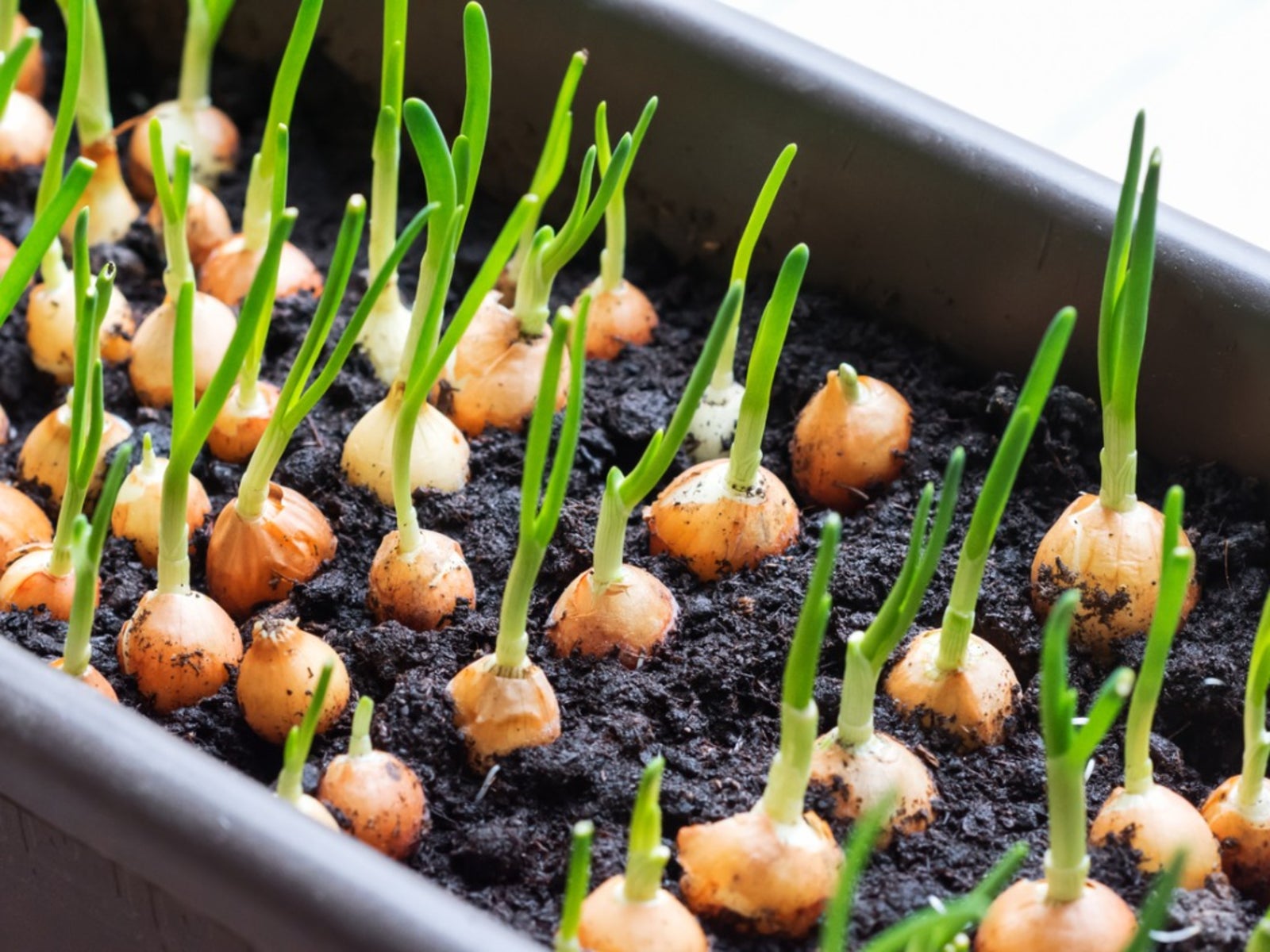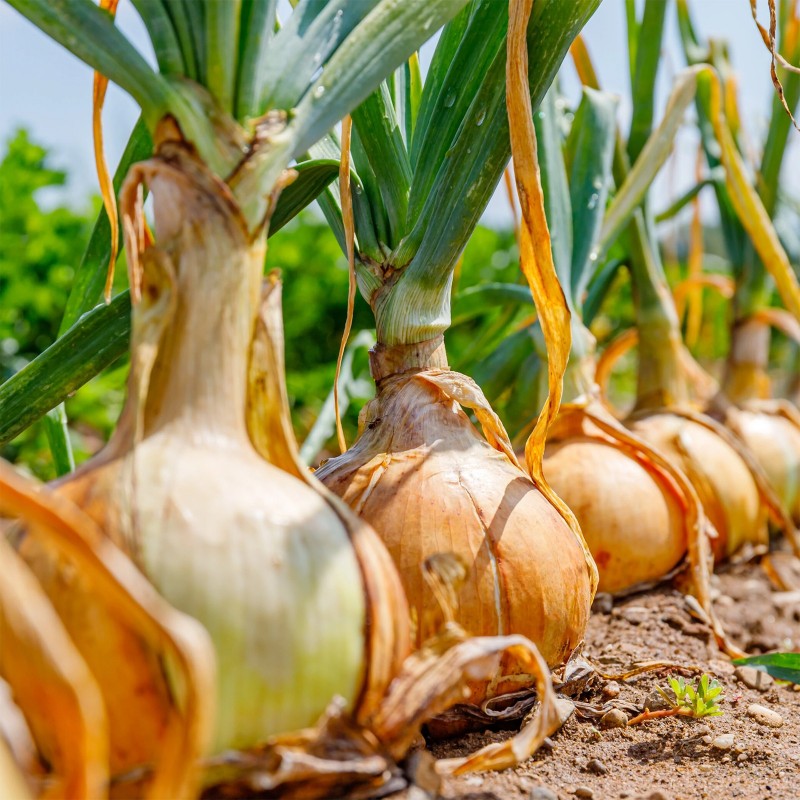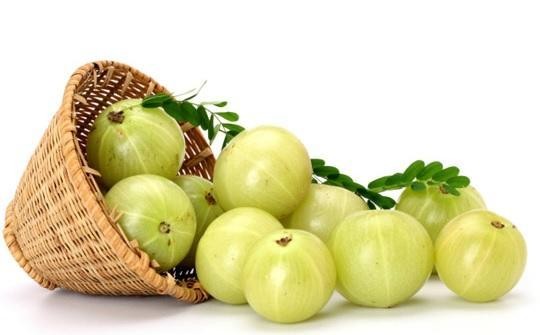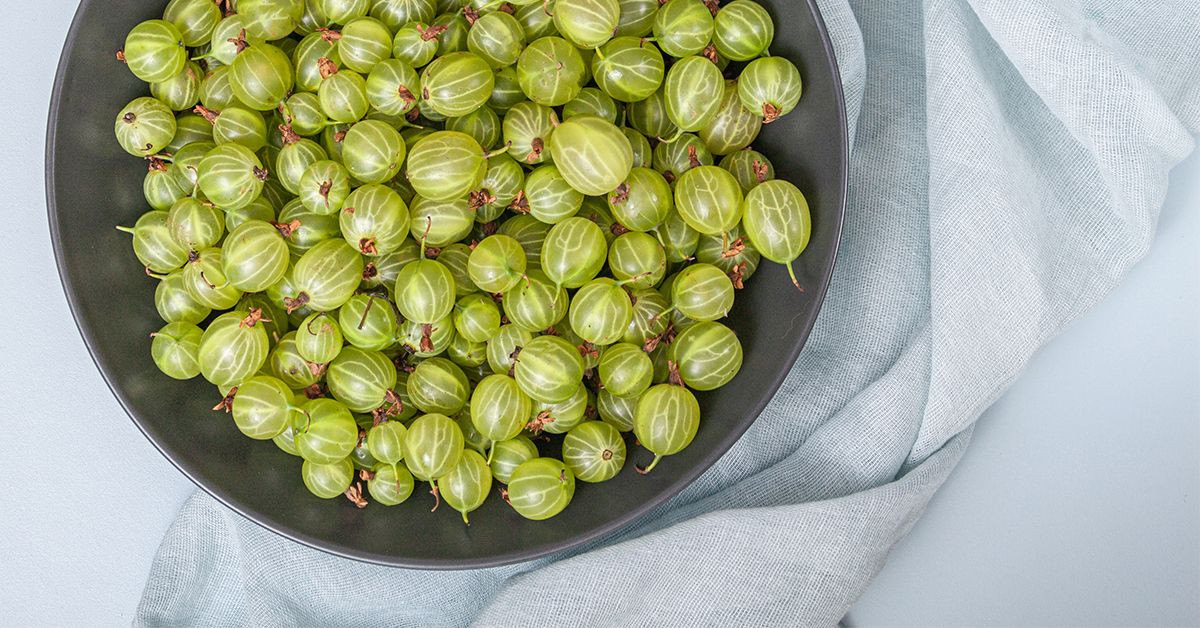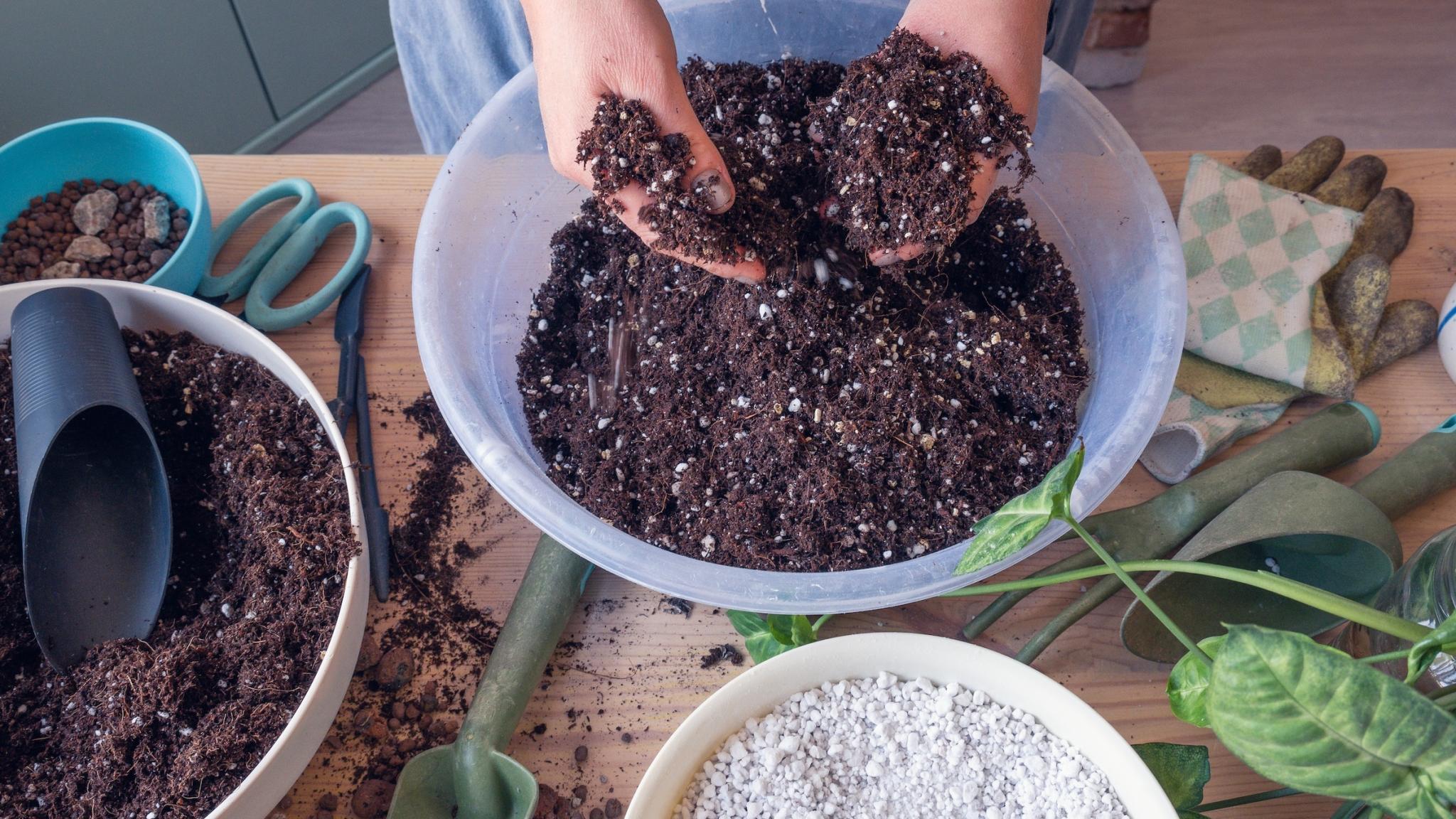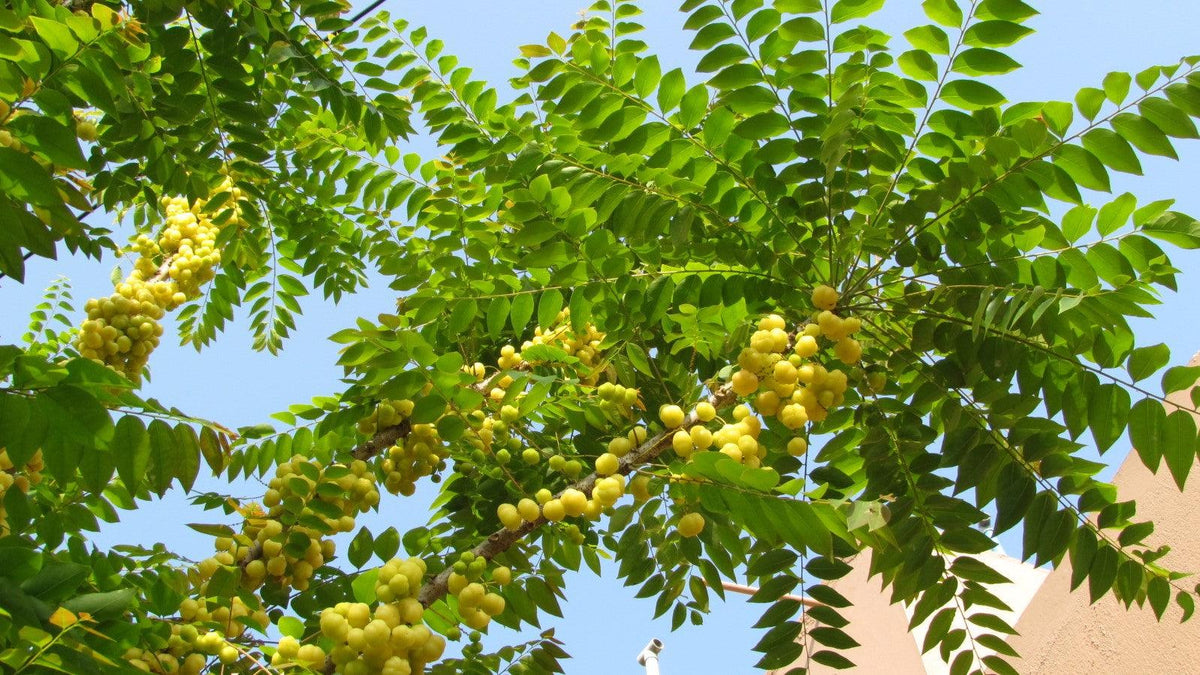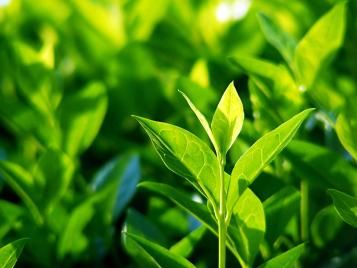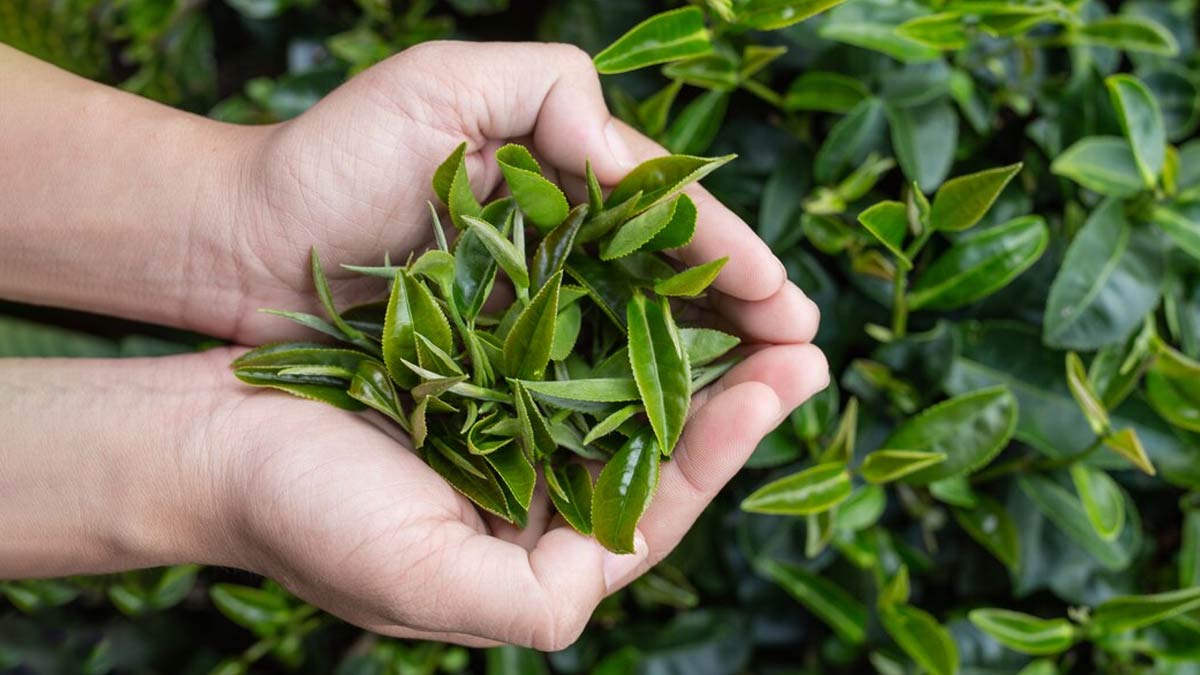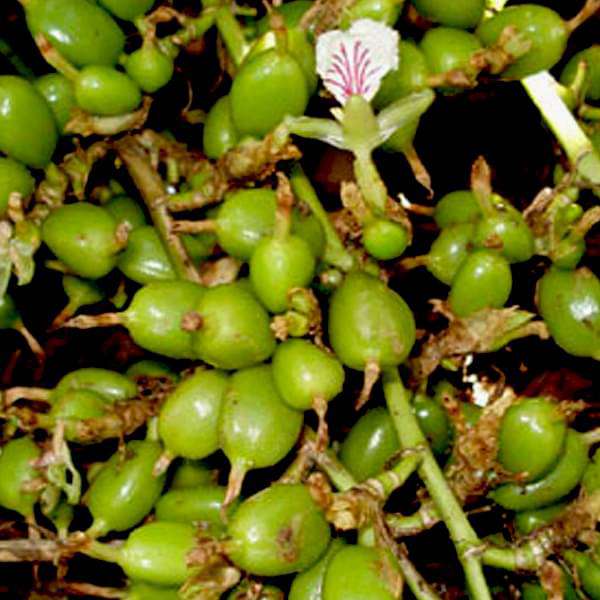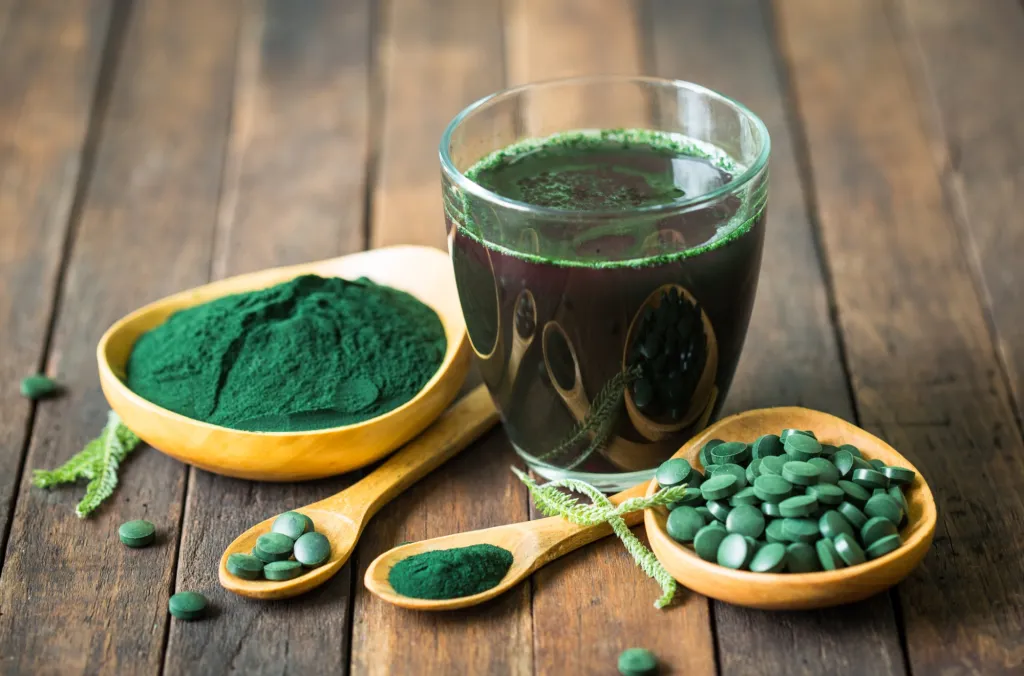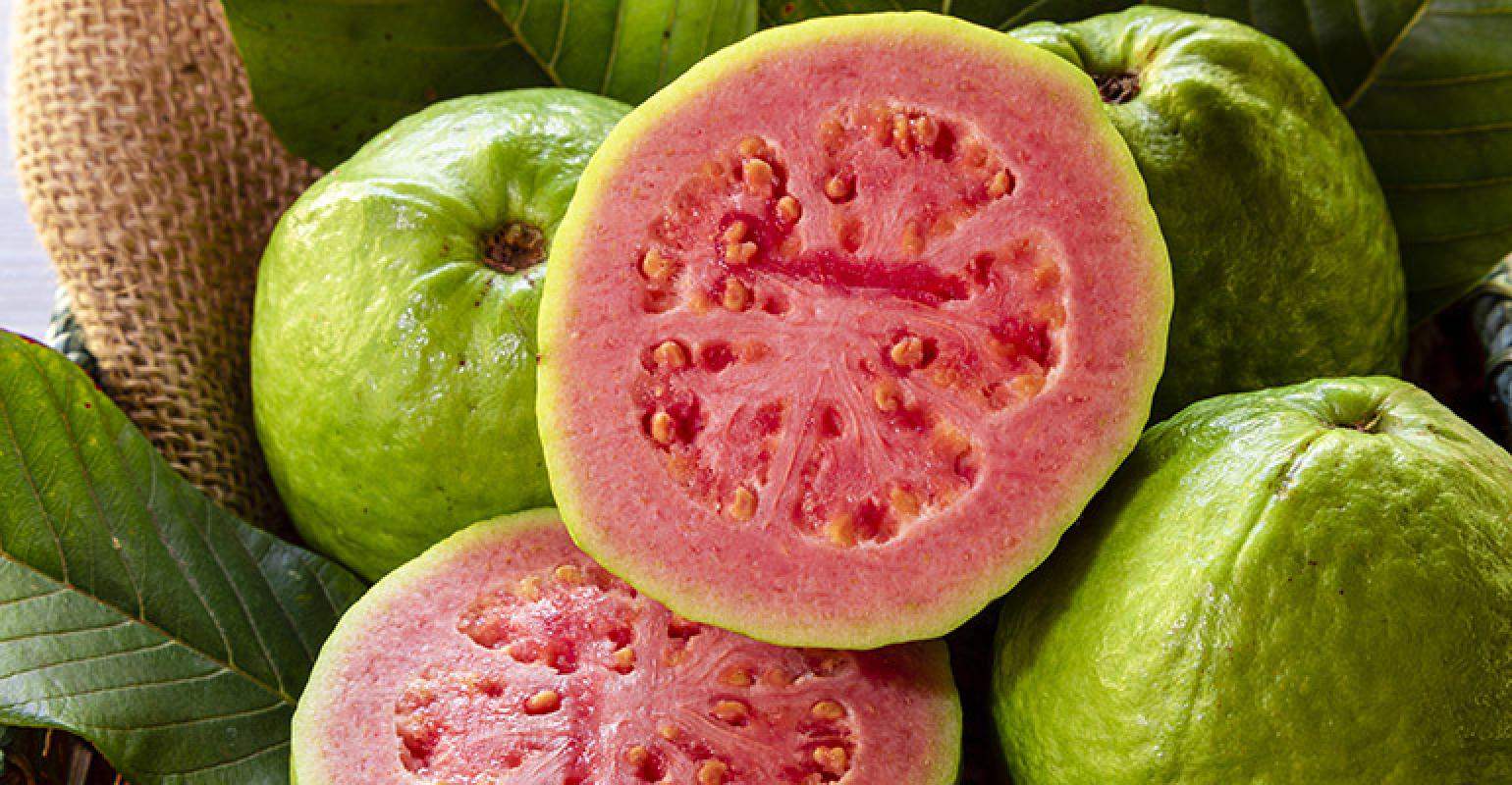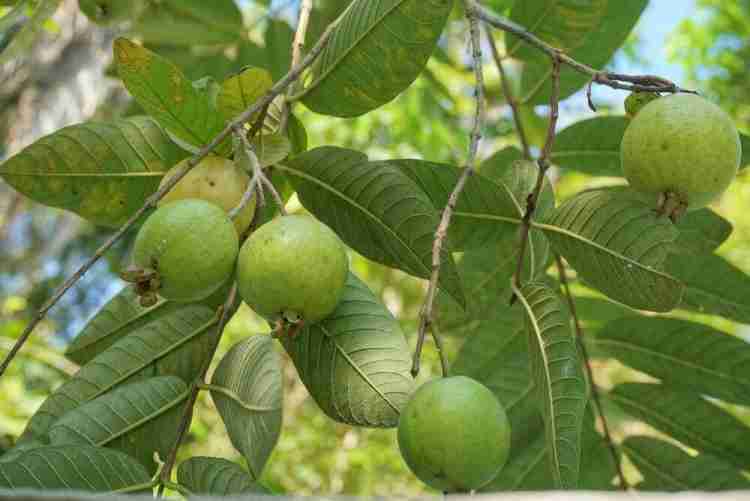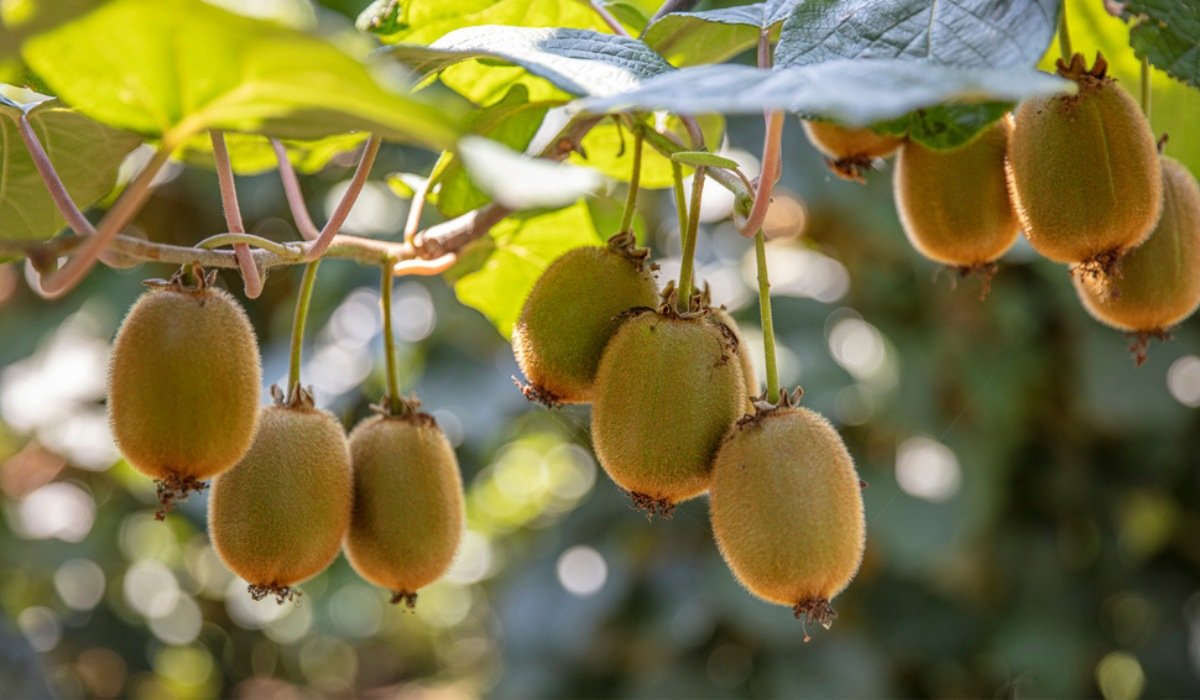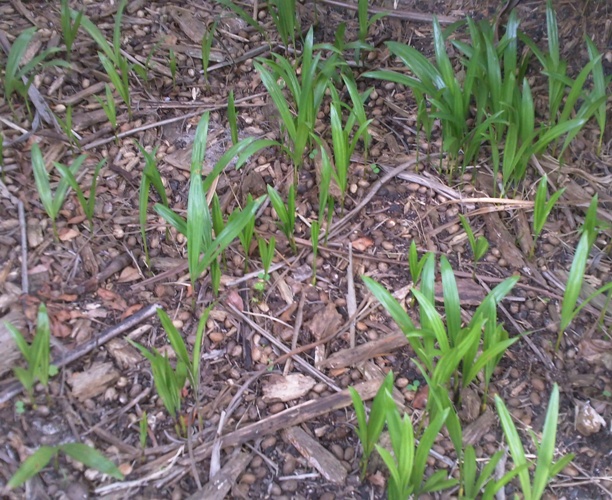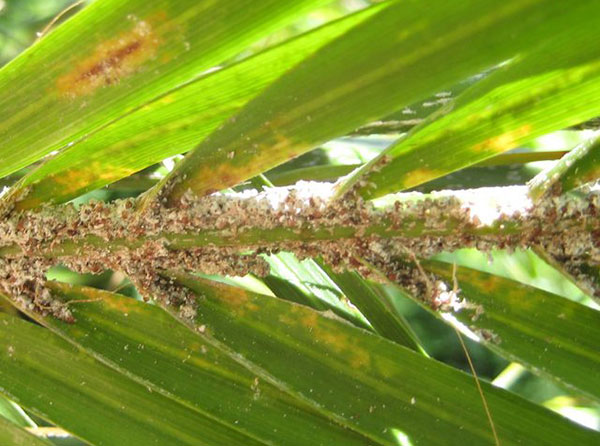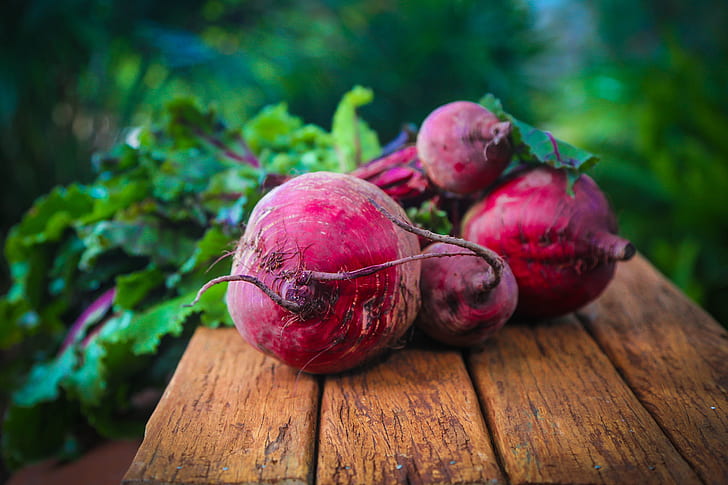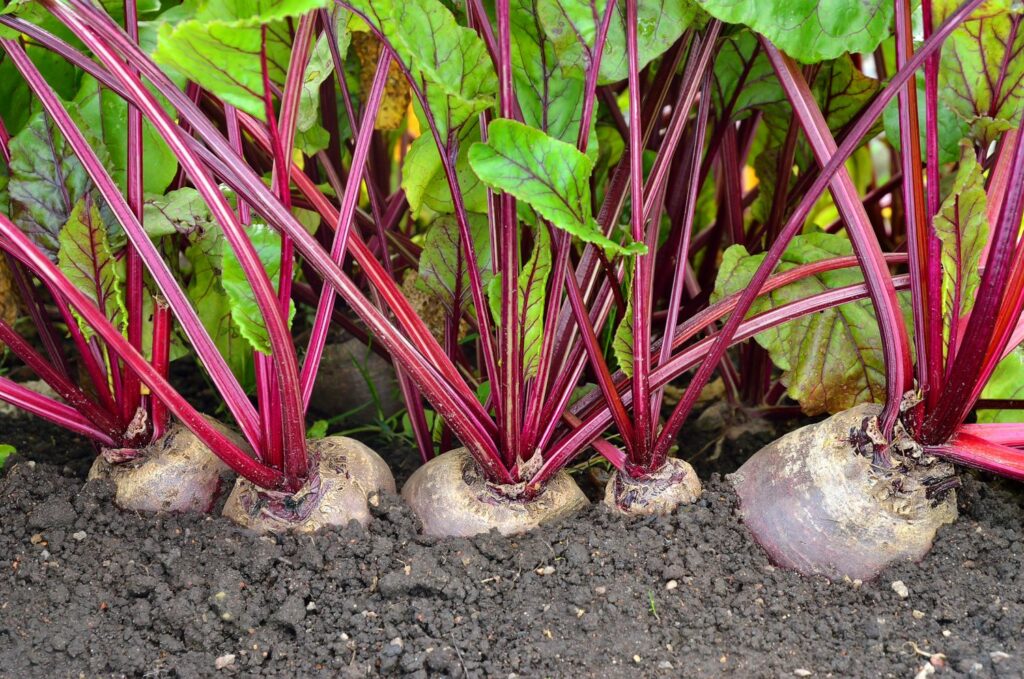Introduction to ZZ Plant Cultivation
How to grow ZZ plant, In the realm of indoor gardening, the ZZ plant (Zamioculcas zamiifolia) has emerged as a beloved choice for both novice and seasoned gardeners alike. Revered for its resilience, low maintenance requirements, and striking appearance, this tropical gem has found its way into countless homes and offices around the globe. If you’re keen on introducing a touch of greenery into your space, mastering the art of ZZ plant cultivation is an excellent starting point.

How to grow ZZ plant, Understanding
Native to Eastern Africa, particularly Tanzania and Kenya, the ZZ plant is a member of the Araceae family. Its glossy, deep green foliage features distinctive feather-like leaflets that grow alternately along its stems. While it’s primarily grown as an indoor plant, it can thrive outdoors in warmer climates.
Creating the Ideal Environment
How to grow ZZ plant, One of the keys to successfully growing a ZZ plant is providing it with the right environment. These plants prefer indirect light, making them perfect for offices or rooms with filtered sunlight. However, they can tolerate low light conditions, albeit with slower growth. Avoid placing them in direct sunlight as it can scorch their leaves.
ZZ plants thrive in average room temperatures ranging from 65°F to 75°F (18°C to 24°C). They’re not too fussy about humidity levels but do best in environments with moderate humidity. Adequate airflow is also crucial, so avoid placing them in overly stuffy or stagnant spaces.
Selecting the Right Pot and Soil
Choosing the correct pot and soil is essential for ZZ plant health. Opt for a well-draining potting mix to prevent waterlogged roots, as ZZ plants are susceptible to root rot in overly moist conditions. A mixture of potting soil, perlite, and peat moss works well. Ensure the pot has drainage holes to allow excess water to escape.
When repotting, select a container that’s just slightly larger than the plant’s root ball to prevent over-potting, which can lead to waterlogged soil. ZZ plants prefer to be slightly root-bound, so they don’t require frequent repotting.
Watering and Fertilizing
ZZ plants are drought-tolerant and prefer to dry out between waterings. Overwatering is a common issue that can cause root rot, so it’s crucial to err on the side of underwatering rather than overwatering. Allow the top inch or two of soil to dry out completely before watering thoroughly, ensuring excess water drains away.
During the growing season in spring and summer, fertilize your ZZ plant monthly with a balanced, water-soluble fertilizer diluted to half strength. Avoid fertilizing during the winter months when growth slows down.
Pruning and Maintenance
ZZ plants are relatively low-maintenance when it comes to pruning. Simply trim away any yellowed or damaged leaves using clean, sharp scissors or pruning shears. Regularly dusting the leaves with a damp cloth will help keep them clean and free of dust, allowing for optimal photosynthesis.
Dealing with Common Pests and Issues
While ZZ plants are generally resistant to pests and diseases, they can occasionally attract mealybugs, spider mites, or aphids. If you notice any signs of pest infestation, gently wipe the affected areas with a cotton swab dipped in rubbing alcohol or treat the plant with insecticidal soap.
Yellowing leaves are often a sign of overwatering, while drooping leaves may indicate underwatering. Adjust your watering schedule accordingly to address these issues promptly.
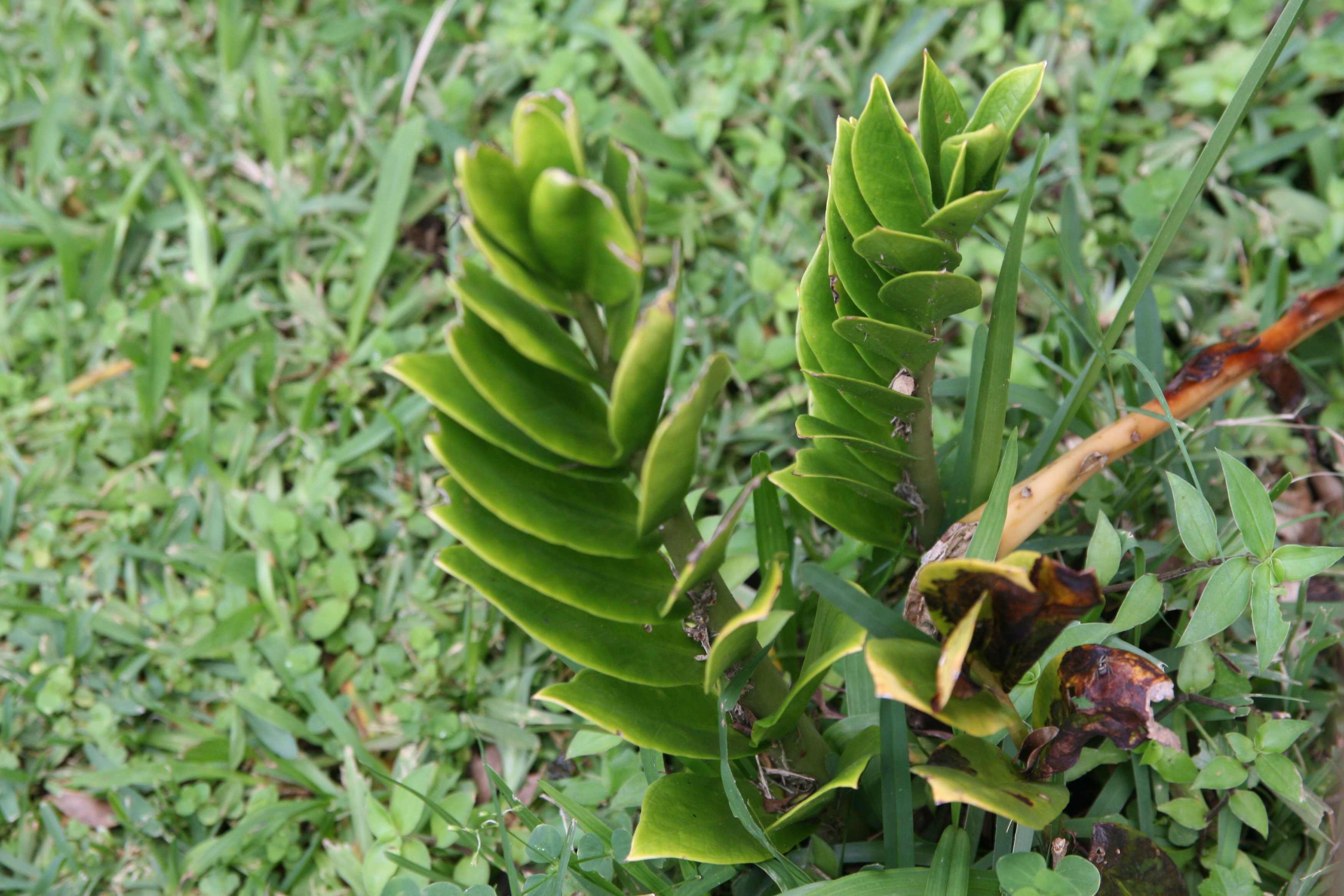
Propagation
Propagating ZZ plants is relatively straightforward and can be done through division or leaf cuttings. To propagate via division, carefully separate the plant into smaller sections, ensuring each section has a healthy root system. Plant the divisions in separate pots with well-draining soil and care for them as you would mature plants.
Leaf cuttings can also be taken from healthy, mature ZZ plants. Simply cut a leaf into sections, ensuring each section has a portion of the stem attached. Plant the cuttings in a well-draining soil mix, keeping the soil lightly moist until new growth emerges.
Conclusion
With its striking appearance and minimal care requirements, the ZZ plant is an excellent choice for anyone looking to add a touch of greenery to their indoor space. By providing the right environment, proper care, and attention to detail, you can cultivate thriving ZZ plants that will enhance your home or office for years to come. Whether you’re a seasoned gardener or just starting out, mastering the art of ZZ plant cultivation is sure to bring joy and satisfaction to your gardening endeavors.

